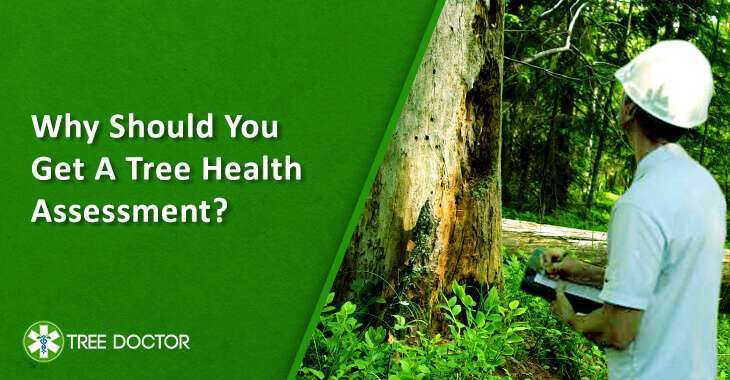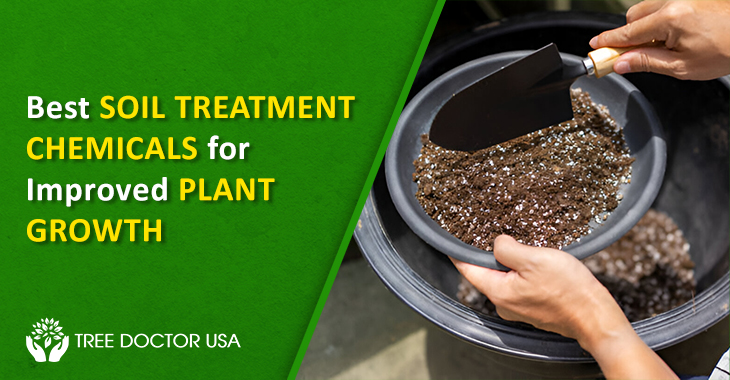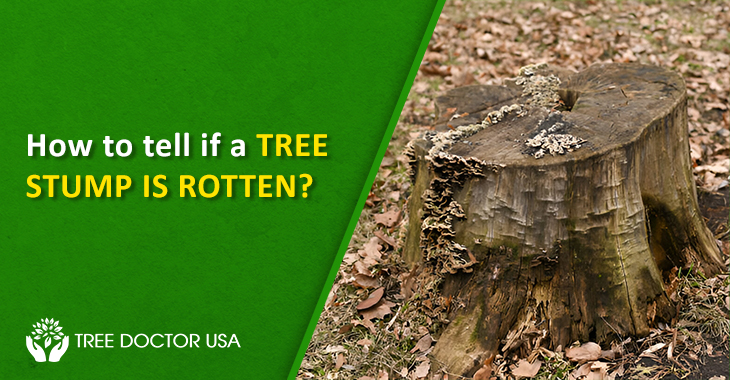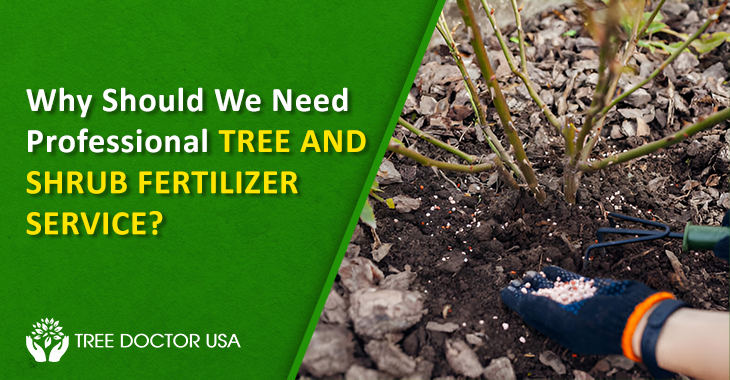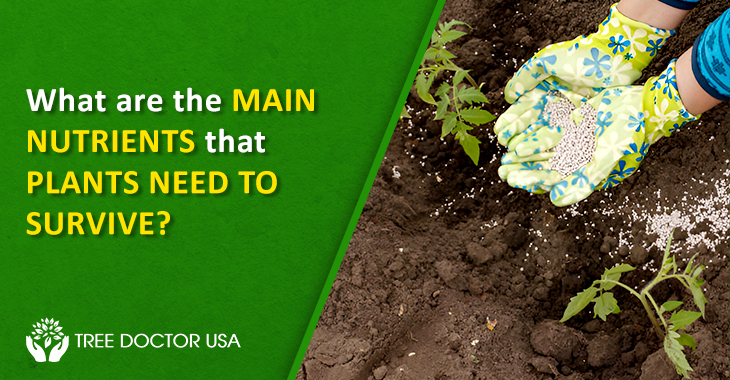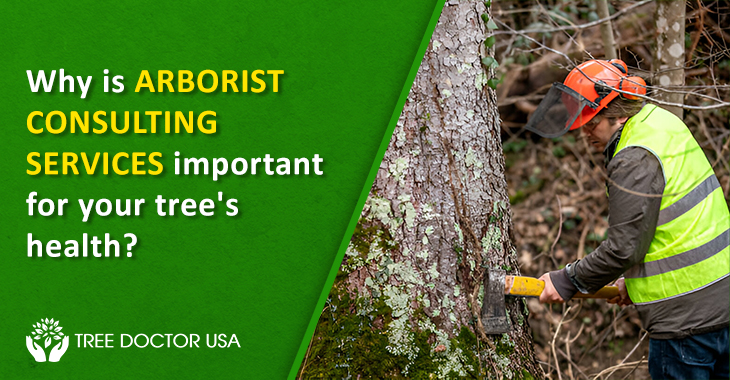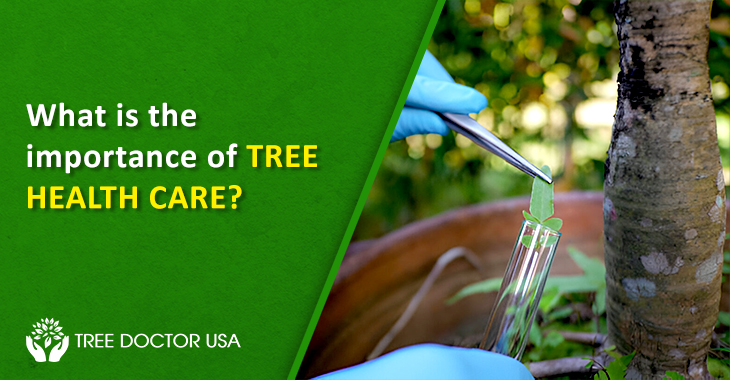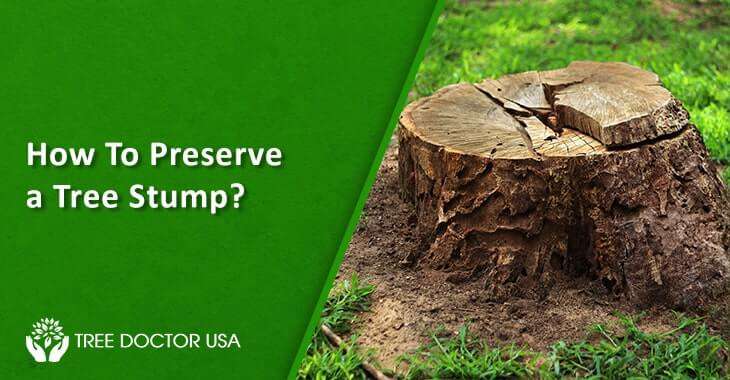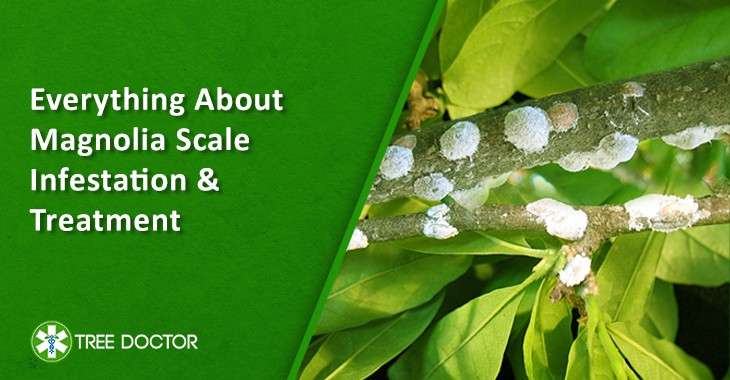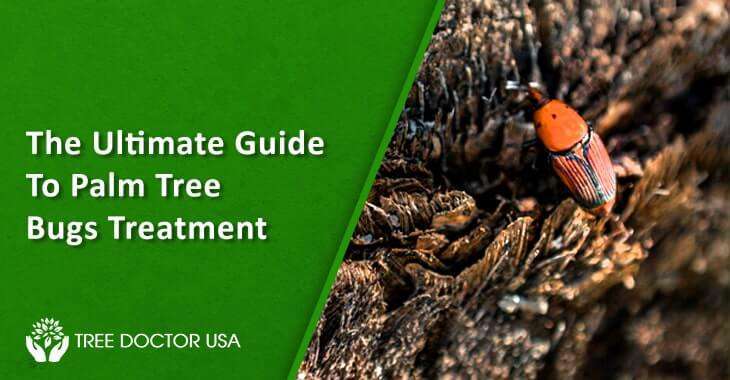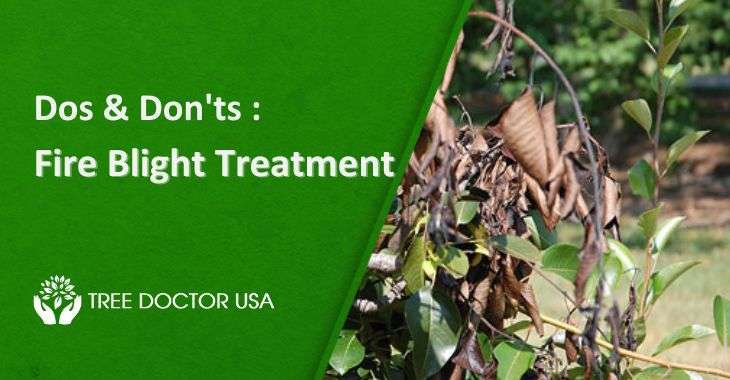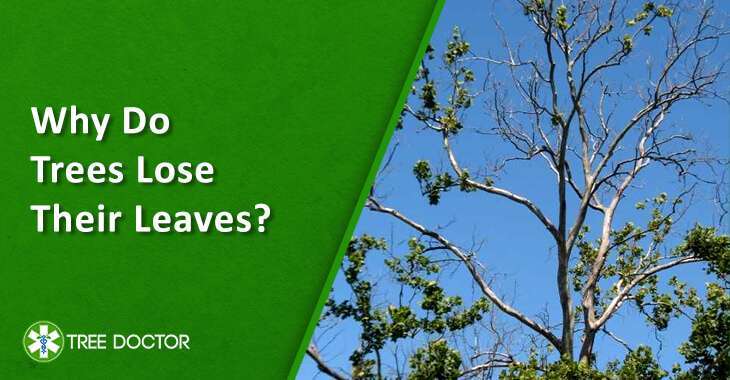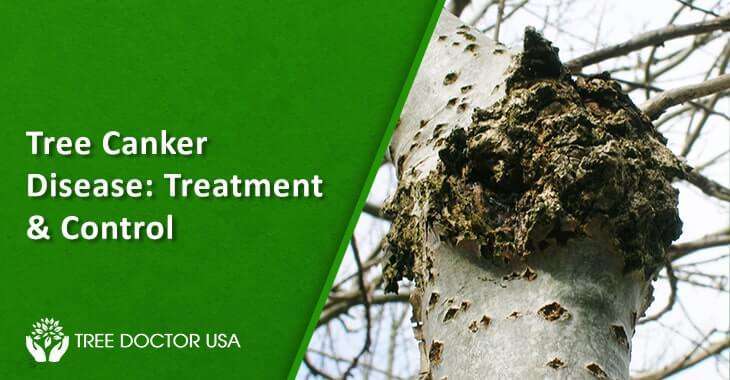Why Should You Get A Tree Health Assessment?
At times, even after taking care of the trees around us, they still fall sick. It happens because sometimes trees may look stable and healthy. But from inside, they might be vulnerable. So, they might fall prey to certain diseases. To deal with such hazards, homeowners must resort to tree health assessment.
You require tree health assessments for trees that are more than 20 years in age as well as younger saplings. However, this helps monitor the overall health, well-being, and structural and functional integrity of trees of all species. Moreover, doing regular tree assessments helps ensure the safety of trees. Not only that, but it also increases their life expectancy.
For acknowledging such issues, a tree health assessment is crucial.
Tree health management offers complete tree care during every phase of trees’ life cycle. It includes the diagnosis of diseases caused by insects and pests. Moreover, it also includes soil assessment, root removal, and consultation with experts/arborists when required.
Importance of Tree Health Assessment
- Ensuring Tree Safety – A tree that is going to fall or has any damaged branch poses a risk. It can be hazardous to homes or properties around that tree. If you want to tackle such issues, you need to opt for the best tree health evaluations. Experts can recognize the issues precisely by investigating the tree and its branches. Thus, colossal harms to properties or homes can be settled or decreased somewhat. For ensuring safety, you need to take proper care.
- Ensuring Tree Health – Trees add scenic beauty to your surroundings. Also, they assume a significant part in forming a protective blanket for the environment. So we ought to do each conceivable thing to keep the trees sound and flourishing. To avail expert help, tree health evaluation is crucial.
- Ensuring Tree Aesthetics – Tree health evaluation is not easy, but it is vital. It helps in assisting the trees with working on their appearance. It keeps the tree in good condition. You should build legitimate composts and manage. It should be done to enhance the appearance and wellbeing of the tree. Fortunately, it will assist with making the tree healthy. At the same time, promote its better growth and development.
What Does Professional Tree Health Assessment Include?
- Root Health Assessment – Common side effects related to frequently are mistaken for mineral inadequacies. Since, the large number of dead roots are due to improper availability of water and minerals. Side effects of root sickness incorporate little, yellow, chlorotic foliage and diminished development. Moreover, tufted leaves toward the finish of branches and branch dieback also are very common. Also, contagious fruiting bodies (for example, mushrooms like baby belle) at the tree’s foundation, just as white parasitic development under the bark, show root illness. Direct assessment can confirm an infection. Cautiously unearth roots by eliminating a minor fix of the bark. An earthy colored hue underneath the bark demonstrates a dead root, while a solid root, as a rule, seems white or light-shaded.
- Bark Health Assessment – One of the most easy-to-recognize indications of tree sickness is changes in tree bark. Assuming you notice fungi on trees with white or dark spots on the tree covering, these are obvious indicators that your tree ought to be inspected by an expert. Breaking, stripping, disintegrating, weak, or supple bark are likewise indications of an undesirable tree.
- Leaves Color & Appearance – At times, you may find your tree losing color. The discoloration or the mere appearance of leaves can tell us a lot about plant diseases. If a plant is infected, you can see brown spots on the foliage. As the condition worsens, the spots might get yellow, start withering, and die eventually. Hence, regular assessments are necessary to avoid such damage.
- Mushrooms – Sometimes, you might notice yellow to brown lesions on mushroom edges. If that is the case, the mushroom may have had a bacterial attack. For preventing such contamination, proper assessment is required.
- Soil Quality – Soil is the primary support for a tree. Sometimes there might be dramatic changes to it. So, to ensure its health, experts try to assess the disturbing texture, color, crust, water capacity, or organic matter.
- Mulch – Mulching helps in preserving soil moisture. It enhances the nutrition content of the soil. Moreover, it controls soil erosion as well as removes any residuals of pesticides or fungicides.
- Pest and Fungal Assessment – Quite possibly, the most harmful tree disease is a fungal attack. Trees can become damaged by pests and insects, especially those with airborne spores. They can transfer from one contaminated plant or tree to another. On the off chance that the growth spread all through the tree and has assaulted the root framework, it might become wiped out. Indications of a contagious assault incorporate a white substance that structures when the bark is broken off or there is a presence of mushroom or conk-molded fruiting bodies.
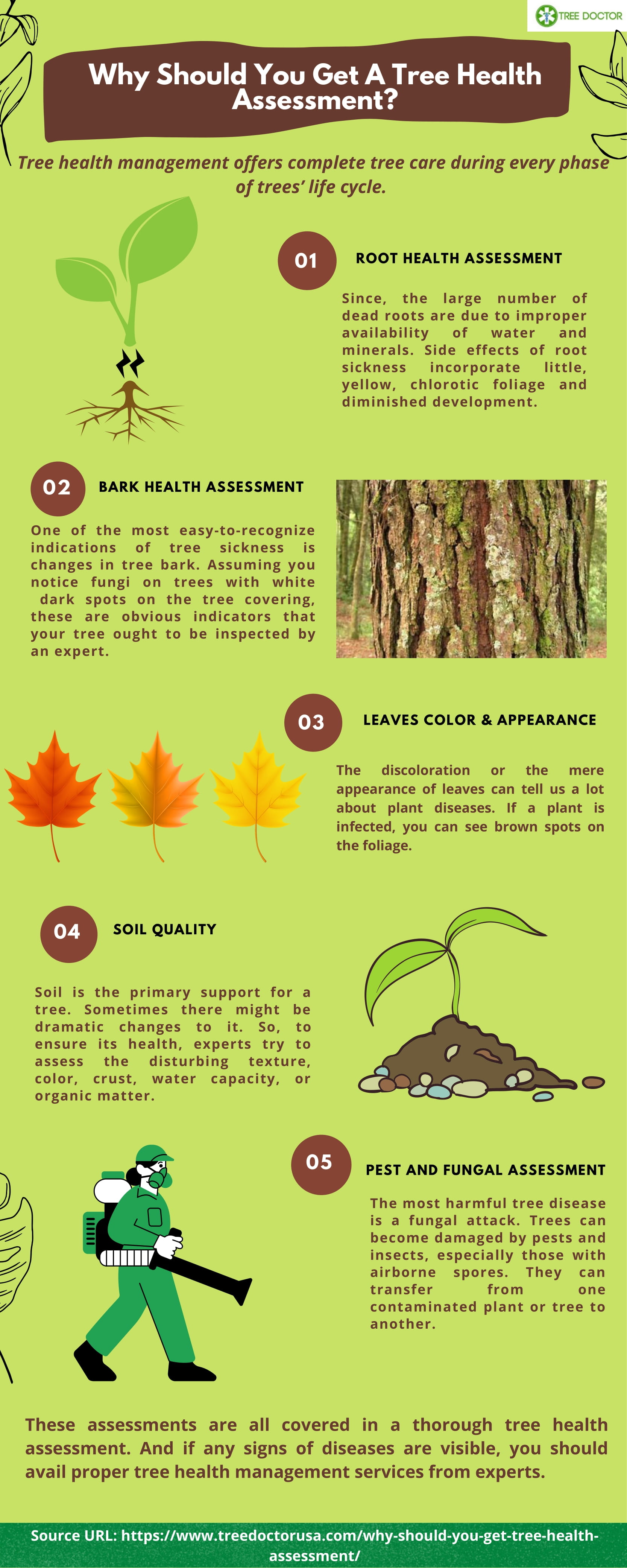
These assessments are all covered in a thorough tree health assessment. And if any signs of diseases are visible, you should avail proper tree health management services from experts.
How To Do A Proper Health Assessment?
Tree health evaluation and assessment is an ideal way to deal with tree healthcare problems. However, this is done by inspecting all aspects of the tree. We should focus on the business properties like oak trees. Trees are values that consume a large chunk of the day to develop. We should deal with the trees that are going to bloom soon. If there are any signs of degeneration or decay, this can be adverse for development.
Tree Health Management makes the trees more secure. Like infected or dead branches can be managed through good tree health assessment.
All tree parts like branches, canopy, leaves, and roots go through a thorough check-up. All signs and symptoms of danger include –
- Poor or diminishing canopy
- Infected, dead, or broken branches
- Rotted roots
- Unsteady or frail branches
- Breaks in stems
- Parasite development
- Breaks or hurling of soil
Trees in latent regions ought to be assessed every year or twice a year to identify the imperfections and all endangerment signs. So, examination becomes vital to guarantee that any harsh climate condition doesn’t damage the tree’s solidarity and parts. For successful screening and investigation to make the assessments more precise, you need a very critical plan. By doing so, you can ensure proper tree health treatment.
5 Ways To Determine If Your Trees Are Healthy
It is always better to look for any signs of disease or danger on our own. Expert advice is crucial, but there is no harm in being alert. Tree health assessment is important and always works as an advantage for the tree.
The following steps can be assumed to assess the health of a tree –
- Checking For Yearly Growth –
A healthy tree will have new development consistently. Whether it’s the branches or the leaves, there is always some growth. Review the advancement yearly by checking the distance between the spring season’s buds and last year’s. The optimal growth fluctuates by species. So, check with your neighborhood garden. And see for any dissonance if present.
You can search for growth on the trunk to assess the amount of growth in the past year. However, the primary method for checking the age of the tree is to chop it down to uncover the rings. In any case, a solid tree’s trunk will grow in thickness every year. Take out a measuring tape and check the development or growth of the tree trunk. Indeed, even a brief extension can be a decent sign of wellbeing. - Inspecting The Trunk Health –
Except for specific trees (like birch, eucalyptus, and maple trees), the bark of your tree ought not to come free or strip. The bark ought to be liberated from growths or greenery, too. Take care when utilizing garden hardware around trees as they can harm the tree trunk, like a scratch or a gouge. It can pass on a serious injury for bugs and sickness to assault. Check your tree for massive breaks or openings. If present, cover them with a tree treatment assuming they are significant. - Tending To Bare Patch –
Assuming you have an evergreen tree like pine or hemlock, look out for areas of the tree that become exposed or liberated from needles. Normal reasons for exposed patches incorporate an absence of supplements or less water arriving at specific branches. Also, there is harm because of animals eating the needles and chemical pesticides.
A deciduous tree, then again, will develop its leaves in the spring. And afterward, shed them in the fall, staying uncovered the entire winter. This occasional appearance ought not to caution you, as it’s a characteristic cycle. - Checking For Proper Leaf Color, Shape, and Structure –
A decent mark of good tree condition is the presence of the leaves. Ensure the tree’s leaves contain the right shading tone for the season. In many deciduous trees, this implies green leaves in the spring and summer and yellow, orange, or red leaves in the fall. On evergreens, green needles all year is a good indicator of health.
When a tree normally creates yellow or variegated leaves in the spring and summer, be careful about this tone. It may very well be a pointer that the tree isn’t getting sufficient water or supplements. Likewise, the tree’s leaves ought not to be hindered or unpredictably formed. This trademark can be an indication of supplement insufficiency, bug harm, pesticide harm, or illness. Knowing about tree health evaluation services and guidelines is always an advantage for homeowners.
Unveil Concealed Signs Of Deteriorating Health
In case your upkeep services for trees are first class, poor health conditions of trees can be because of bugs or pests. Danger indications of either trespasser include –
- Noticeable creepy crawlies
- An absence of organic product or blossoms on an organic product tree
- Contortion in the leaves
- Openings in the bark
- Sporadic development on the branches
- Overflowing sap of evergreens
Another typical sign that a tree is on its way to withering is when the leaves and stems lose their unbending nature and start to hang. Assuming that this occurs, first, have a look at your irrigation practices. Might it be said that you are watering excessively or little? Also, your tree might be getting an excessive amount of sunlight.
Wrapping Up
Trees and plants are the protective blankets for our planet earth. It is our responsibility to tend to their needs. They are not capable of conveying their problems, unlike humans. So, when we spot some unusual changes in the trees, we implement strategies for tree health management.
So, to overcome consequences, arborists search for pivotal marks of trees’ adverse health. After that, they broadly do assessment programs. They offer a customized way to analyze tree and plant medical care issues and deal with them. It includes potent therapy arrangements. By going through the agenda of the tree health evaluation, experts discover the wellbeing status of your trees. From that point, they offer the right key for keeping your trees and plants in your patio or gallery healthy, vigorous, and beautiful.

